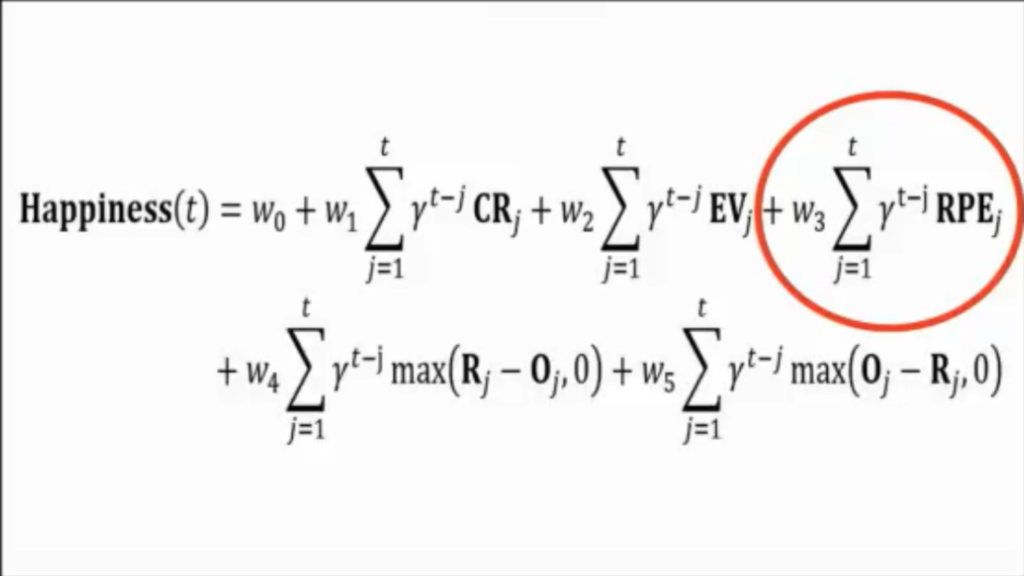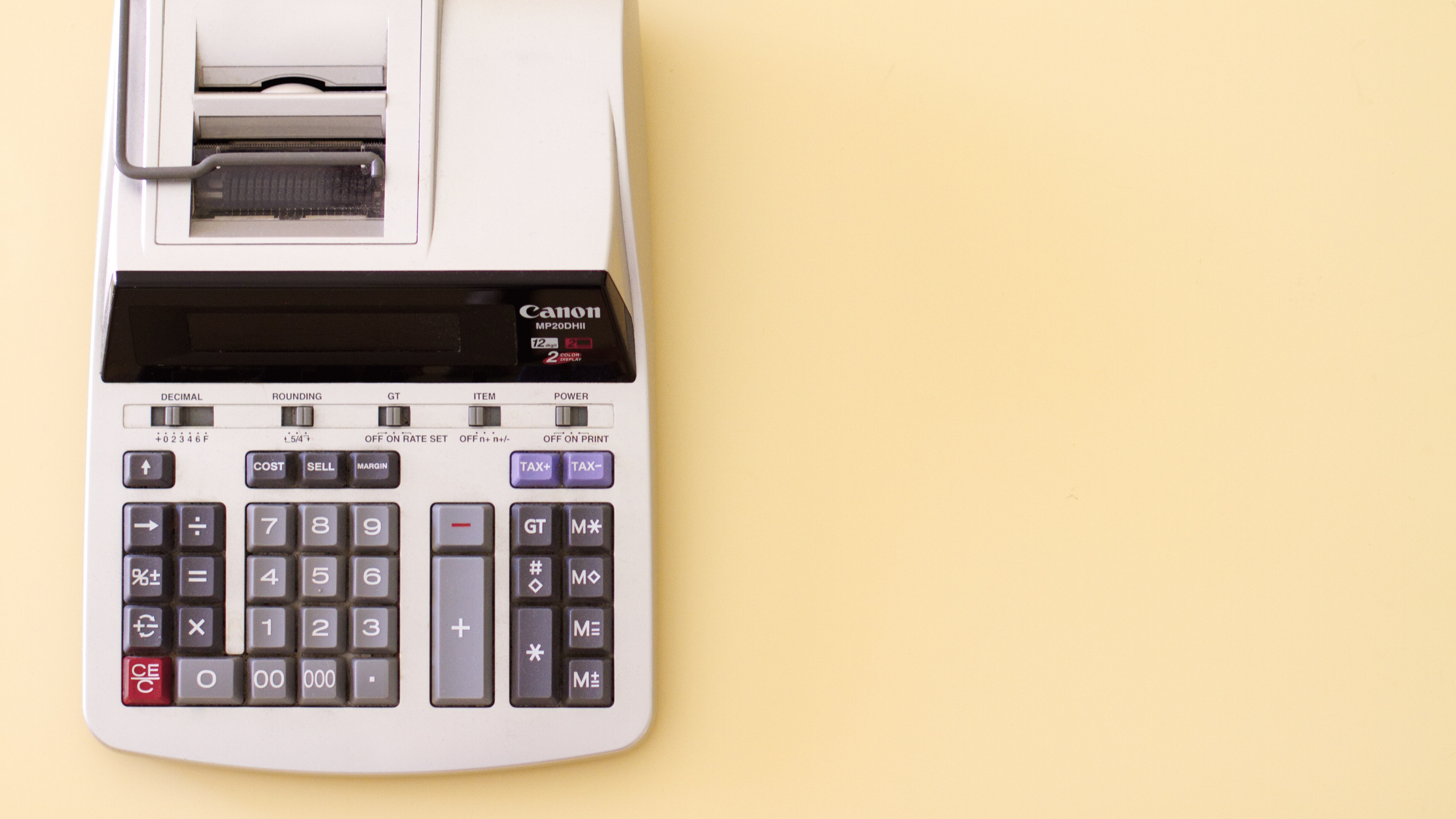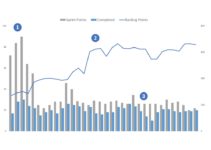I recently watched (attended?) a webinar through my alma mater about a book written by the host. The Leader’s Brain, by Michael Platt, explores ways to use neuroscience to enhance leadership and management techniques. To be honest, most of it felt like scientific reinforcement for common sense. But he HOOKED me when he discussed how to calculate happiness.
A Common Way to Calculate Happiness
Before we dive into what I learned, I wanted to address an exercise I’ve seen for how to calculate your happiness. In this exercise, you record how much time you spend doing what you enjoy. Then, you record how much time you spend doing what you don’t enjoy. When you subtract your unenjoyed time from your enjoyed time, you have a measure of how happy you are.
I call bull. I don’t know about you, but there are plenty of things that I do that I don’t particularly enjoy. But I enjoy the result of the time spent. I always have to force myself to clean my apartment. But I love the satisfaction and peace of mind that comes from a clean home.
I’ve seen a twist on this exercise in Design Your Life by Bill Burnett and Dave Evans. In it, you check in with yourself about how you’ve spent your time and how energized you are by your activities over the course of a couple weeks. Someday, I’ll review that book in its entirety. But this particular exercise is part of a whole process for iterating yourself to a life that’s designed for you. And that makes it more useful, I think.
How to Calculate Happiness – with NEUROSCIENCE
Our brains are incredible at predicting things. When you move your eyes, you don’t actually see anything while your eyes are moving. But your brain predicts what you would see and fills it in. When someone gets hurt on TV, we cringe because our brains can predict what that would feel like.
Enter the webinar that I attended (watched?). Platt presented this equation:

The equation above is heavily-researched and calculates how happy you will be at any given moment, given how happy you were a moment before. Your brain is pretty good at calculating that, but not perfect. The circled part of the equation is the error between what your brain expected and what actually happened. Your brain then encodes that error in dopamine. So dopamine isn’t the happiness chemical – it’s the learning chemical. Every time your brain is wrong (and gets more or less dopamine than expected), it learns and adjusts its model.
Brains are freaking weird, yo.
Practical Applications to the Happiness Calculation
So what does this mean in practice? It means that moment-to-moment happiness is driven by pleasant surprises. Scientists have studied this effect via lottery ticket sales. When the weather is unseasonably warm or a local sports team has won, lotto ticket sales go up. The unexpected good leads to optimism.
In leadership applications, the most cost-effective way to drive employee satisfaction and productivity is to provide unexpected praise. When a manager or teammate praises a coworker for their work, their brain codes that unexpected happiness as dopamine. This supports my lifelong compliment policy of, “see something, say something,” where I’ve doled out random compliments to people in passing.
Unfortunately, I’m not completely sure how to harness this information for day-to-day life. I think it would be reductive to take this equation and say that you need to keep your hopes low in order to constantly be surprised into happiness – mostly because I don’t think you can trick your brain like that. But there are a couple of other “happiness tools” that I’ve seen that line up with the happiness equation.
Gratitude journal/sticker chart
The idea of a gratitude journal is to make a conscious effort to notice the things in your life that you’re grateful for. Over time, this should lead to your brain proactively noticing those things more. It kicks off the Baader-Meinhof phenomenon. I wonder if the happiness equation is why gratitude journals work.
I mention sticker charts here because in my research for my post on sticker charts for adults, I found the idea listing a number of things that you wish to notice more often in your life and awarding yourself a sticker when you do. This could be a powerful tool in a year like 2020. I could use a chart for noticing the positive things about being stuck inside with my husband. I’d include items like how much I enjoy living with my husband, how cozy our throw blankets are, things like that.
Reverse scheduling
This one will take a bit of a stretch to tie into the happiness equation, but bear with me. To reverse schedule, you block off time for your recreation activities first, then fill in the rest of your time with your work. It’s the scheduling version of paying yourself first, with the assumption that restricting your work time does the double duty of (1) ensuring you’re well-rested for work and (2) restricting time to force productivity in your work time.
I wonder if reverse scheduling could tap into both of those outcomes of reverse scheduling. (1) If you’re well-rested for work, you might surprise yourself with how enjoyable (or at least, non-tortuous) your work time is. (2) You might be surprised by just how productive you are in the time you set aside.
Summary
I wrote this post because I got REALLY excited about the prospect of a mathematical equation to calculate happiness. And then more excited because it is supported by thousands of data points. I’m sorry I don’t have a definitive answer for how to harness it for day-to-day life, but I’d love to hear if you have any ideas!




Katherine, this is fascinating. To think there is a mathematical way to calculate happiness, when what makes us happy is emotional. In one particularly tough year I began writing myself a note every night on one positive thing that happened that day. I put them in a drawer. At the end of the year I reread the notes and it made me happy to remember the small things that made me happy. Similar to your notebook strategy.
That’s such a good idea! I love that it also gives you something to look forward to – the reading of the notes.